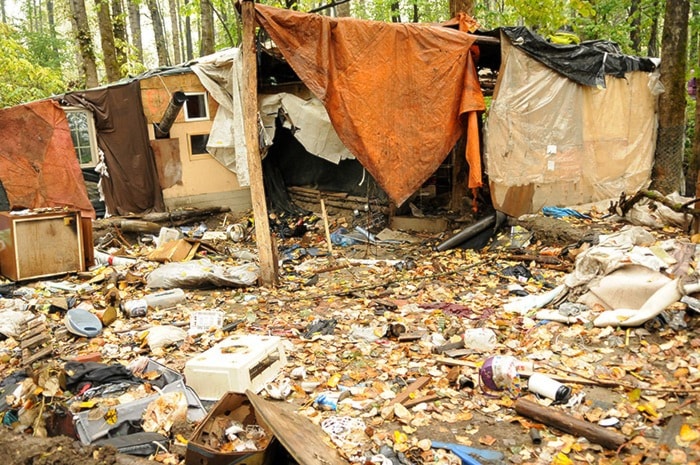The guy with the shopping cart was a long way from any supermarket. He was a few hundred metres up the Vedder Trail with a cart half-full of empties. The rain had just stopped, and he didn’t look happy.
The man, maybe in his late 50s, no doubt had a story.
He may have had a home. But he looked more like he belonged to the ranks of people now living wherever they can find shelter.
Their numbers are growing, as anyone who reads newspapers or social media sites knows.
Few issues have prompted as much discussion in this community as the issue of homelessness.
Everyone has an opinion: We’re not doing enough; we’re doing too much; government needs to do more; people must help themselves.
The truth falls somewhere the middle.
Homelessness, of course, is not new. But neither are our attempts to find solutions.
In Chilliwack there has been an effort to get a handle on the situation for the past eight years.
Although led by the City of Chilliwack, that effort involves a diverse group of individuals, community groups and agencies – 42 in all.
They have had their successes. More housing options exist today and better supports are in place then when they started.
That’s a fact.
Money has been spent, programs put in place, and success stories charted.
But clearly more needs to be done.
Instead of seeing a decrease in homelessness, we’re dealing with what city councillor Ken Popove calls a “tsunami.”
And that illustrates the complexity of the problem.
There’s no single fix, as those working in the field understand. The causes of homelessness are as unique as the people who find themselves on the street.
But certain themes exist, and insufficient income and housing affordability play a disproportionate roll.
An FVRD survey done in 2014 found that the No. 1 reason respondents said they were living on the streets was because they didn’t have enough money for shelter.
And once on the street, the problems only mount. “The longer a person is homeless,” the study said, “the greater likelihood that preexisting and emergent health problems worsen (including mental health and addictions), and there is greater risk of criminal victimization, sexual exploitation and trauma and a much greater risk of involvement in the justice system.”
Life on the street is not only hard on the individual, it’s a burden on society. Up to $160,000 will be spent annually on medical response, police enforcement and emergency shelter requirements for one person.
In contrast, providing safe and secure housing, with an adequate support structure in place, can cost $18,000 annually.
But that job can’t be done by the City alone. Municipal governments have neither the funds nor the legislative authority to provide the kind of housing options and complementary supports necessary to address the issue effectively.
It will take multiple government agencies and health authorities working together.
Those who have been working since 2008 on this problem understand the consensus that is required.
And if there’s frustration in their collective voice it’s because they’ve been singing the same refrain over a growing chorus of discontent from an angry and impatient public.
This week offered a glimmer of hope. On Monday the provincial government announced an additional $500 million to address housing affordability in B.C., bringing the total to more than $800 million.
That should be good news for Chilliwack, where there already are projects in the works that only need funding for them to proceed.
They address homelessness at different levels, including the “housing first” model that provides “wrap around” services that help ensure people don’t return to the streets.
Of course money – wherever it comes from – won’t solve all of Chilliwack’s problems.
But it will help some people regain their footing, giving them a path forward that does not require a shopping cart half filled with empties.
